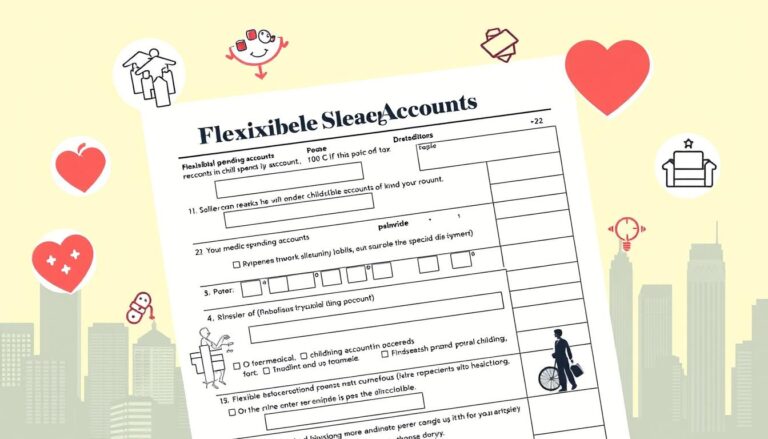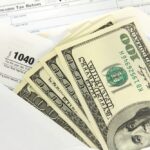Did you know leasing a vehicle can lead to big tax savings? By using your leased car for business, you can lower your taxable income. You can even deduct those monthly lease payments as a business expense. But, you can only deduct what you use for business.
Knowing the difference between leasing and buying is key. It affects your cash flow and financial strategy. This tax season, keep an eye on new IRS rules. For 2024, the business mileage rate is 67 cents per mile. Also, the sales tax cap for vehicle deals is $10,000 until 2025.
Key Takeaways
- Tax deductible lease payments can significantly reduce your taxable income.
- The deductible amount is based on the percentage of business use for the leased vehicle.
- The 2024 standard mileage rate for business-related driving is 67 cents per mile.
- Sales tax deductions on vehicle leases are capped at $10,000 for certain tax years.
- Choose between the standard mileage deduction or actual expense deduction for vehicle costs.
Understanding Lease Payments and Tax Deductions
Learning about lease payments and tax deductions can really help your business’s finances. Knowing how lease payments and taxes work together helps you save more. If you use a leased vehicle for work, you can deduct part of your lease payments from your taxes.
The Basics of Tax Deductible Lease Payments
Leasing a vehicle for work gives you two tax deduction choices. You can deduct the actual costs, like lease payments, fuel, and insurance. Or, you can use the standard mileage rate, which is 65.5 cents per mile for 2023. If your lease is $400 and you use it 50% for work, you can deduct $200.
Why Leasing Might Be More Advantageous Than Buying
Many business owners wonder if leasing or buying is better. Leasing has clear benefits. It usually means lower upfront costs and smaller monthly payments than buying a car. Leasing also covers maintenance and repairs, saving you from unexpected costs.
Leasing lets you get the newest vehicles, which can improve your business with better features and fuel efficiency. But, leasing comes with its own rules, like mileage limits and extra wear and tear fees. Think about your business needs and how you use your vehicle to decide what’s best for you.
How Much of My Lease Payment is Tax Deductible
Figuring out how much of your lease payment is tax deductible might seem hard. But it mainly depends on how much you use the vehicle for business versus personal use. Start by figuring out the deductible part of your lease payments based on business use. For instance, if you lease a car for $400 a month and use it 70% for work, then $280 is deductible.
This simple math can really help reduce your business expenses. It shows why it’s important to track your business use and understand lease payment deductions.
Determining the Deductible Portion of Lease Payments
To understand more about how business use affects deductions, look at IRS guidelines. As a business owner, you can only deduct the percentage of your lease payment that matches your business use. For example, if you use your car 65% for work, you can only deduct 65% of your lease payment.
Keeping detailed records of your mileage and business use is key to getting the most tax deductions for leased vehicles. Make sure your driving habits match your tax strategy.
The Impact of Business Use on Deductions
It’s not just the lease payment that matters. You can also deduct extra expenses like sales tax, registration fees, and maintenance costs. This can increase your tax benefits even more.
Choosing between the actual expense method or the standard mileage rate at the start of your lease is crucial. It affects how you’ll handle deductions for the whole lease. By managing these aspects well, you can make sure your vehicle expenses are as tax-efficient as possible. This way, you’ll understand how business use impacts your deductions.








